Mumbai, formerly known as Bombay, is India's bustling commercial capital known for its diverse culture, historic landmarks, and thriving Bollywood industry. Notable attractions in South Mumbai include the Gateway of India, Chhatrapati Shivaji Maharaj Vastu Sangrahalaya, and the architectural splendors of CSMT, Bombay High Court, Rajabai Tower, and BMC Building.
In early May, Mumbai typically experiences very hot and dry conditions. Daytime maximum temperatures average around 34°C (93°F), while nighttime temperatures are around 26°C (79°F). Rainfall is minimal during this period, with average precipitation around 12 mm for the month, typically spread over 1 day.
Taking these precautions, attendees can comfortably enjoy the conference and the unique experiences Mumbai has to offer.
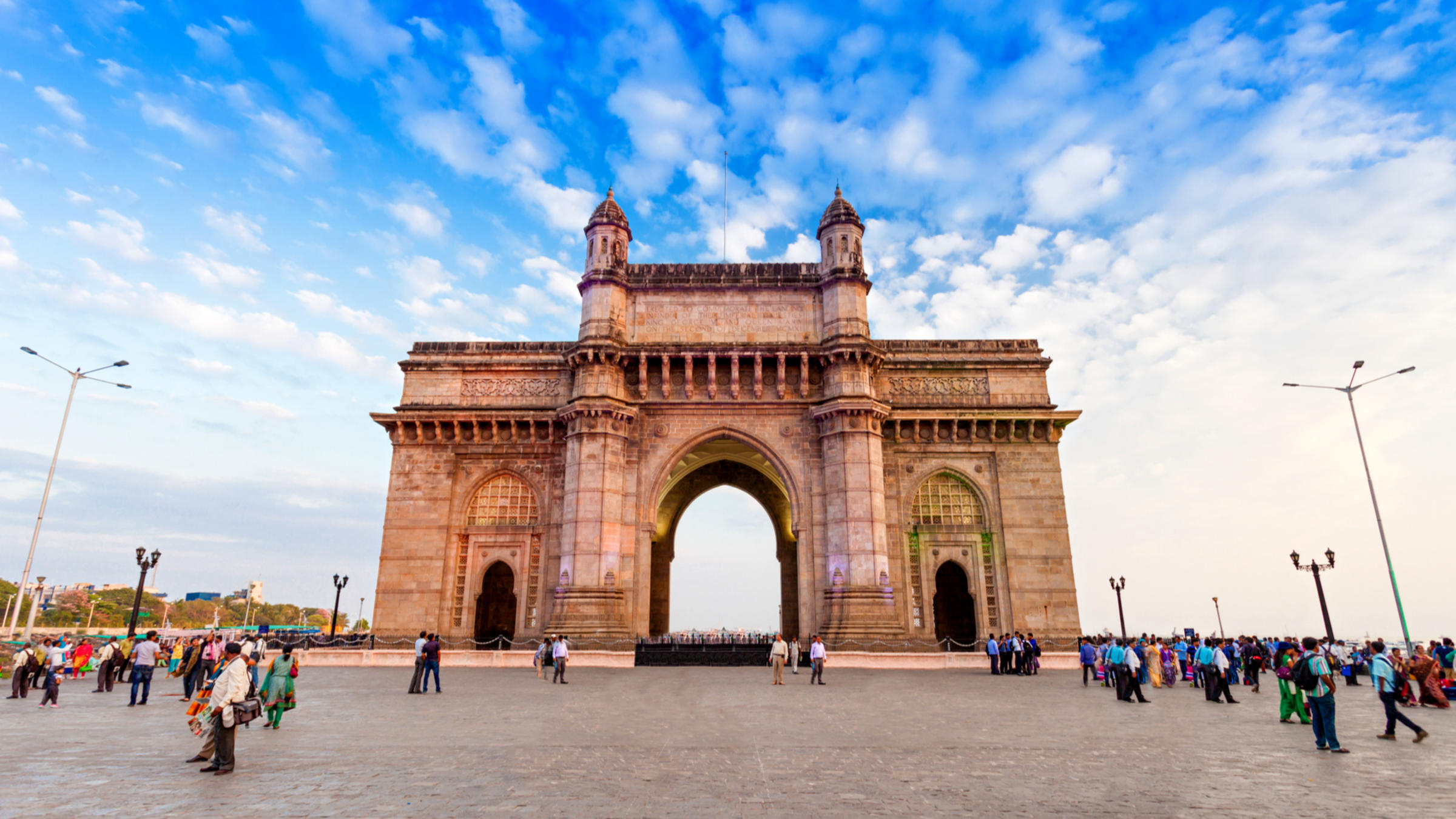
The Gateway of India, located in Colaba, Mumbai, was constructed in 1924 to commemorate the visit of King George V and Queen Mary to India. Overlooking the Arabian Sea, it is one of Mumbai’s most iconic landmarks. The archway stands 26 meters (85 feet) tall and is made of yellow basalt and reinforced concrete. Designed in an Indo-Saracenic style, it combines elements of Hindu and Muslim architecture, making it a symbol of India’s rich cultural heritage. The monument gained historical significance when it became the site for the last British troops to leave India in 1948, marking the end of British rule. Today, it remains a prominent tourist attraction and a symbol of Mumbai’s resilience and pride.
Marine Drive, often referred to as the “Queen’s Necklace,” is a 3.6-kilometer-long boulevard running along the Arabian Sea in South Mumbai. The road was developed in the 1920s and is lined with beautiful Art Deco buildings, earning it the distinction of being part of a UNESCO World Heritage Site. The curved stretch of Marine Drive offers stunning views of the sea and the Mumbai skyline, especially at sunset. The promenade is a popular spot for evening walks and relaxation, where locals and tourists alike enjoy the cool sea breeze. It has become an iconic representation of Mumbai’s cosmopolitan spirit and is often the backdrop for Bollywood films.
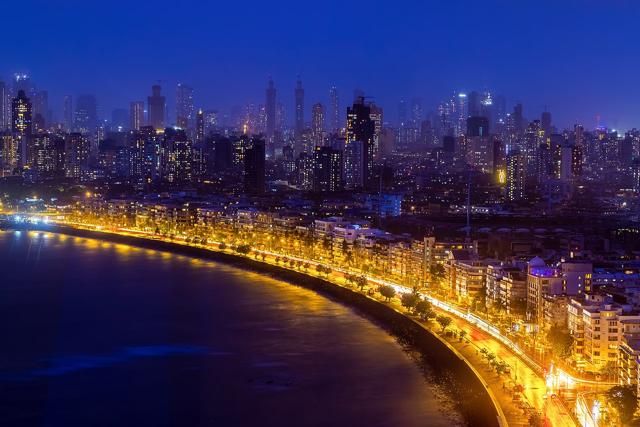
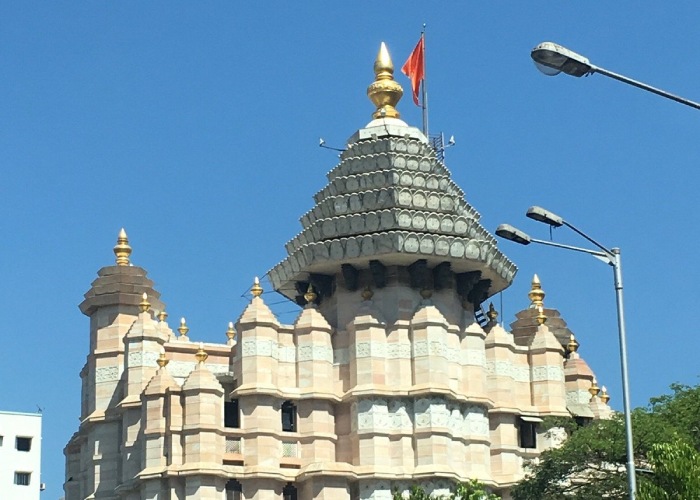
Located in Prabhadevi, the Siddhivinayak Temple is one of the most famous Hindu temples in India, dedicated to Lord Ganesha, the remover of obstacles. The temple was built in 1801 by Laxman Vithu and Deubai Patil, two philanthropists from Mumbai. Constructed in simple but elegant architecture, the temple features a gold-plated dome and a wooden canopy. The idol of Lord Ganesha is made from black stone and has a unique, tilted trunk. The temple is renowned for its miraculous powers, with millions of devotees visiting each year to seek blessings, especially from Bollywood celebrities and political figures. Over the years, it has become a symbol of hope and prosperity.
Situated on Elephanta Island, about 11 kilometers from Mumbai’s coast, the Elephanta Caves are a UNESCO World Heritage Site known for their ancient rock-cut temples. The caves date back to between the 5th and 8th centuries and are dedicated primarily to Lord Shiva, featuring intricate sculptures and reliefs. The most famous sculpture, known as the "Trimurti," depicts the three aspects of Lord Shiva – the creator, the preserver, and the destroyer. Visitors reach the island by a ferry ride from the Gateway of India. The caves provide a unique glimpse into ancient Indian art, culture, and religious practices, making them one of Mumbai's most historically significant attractions.
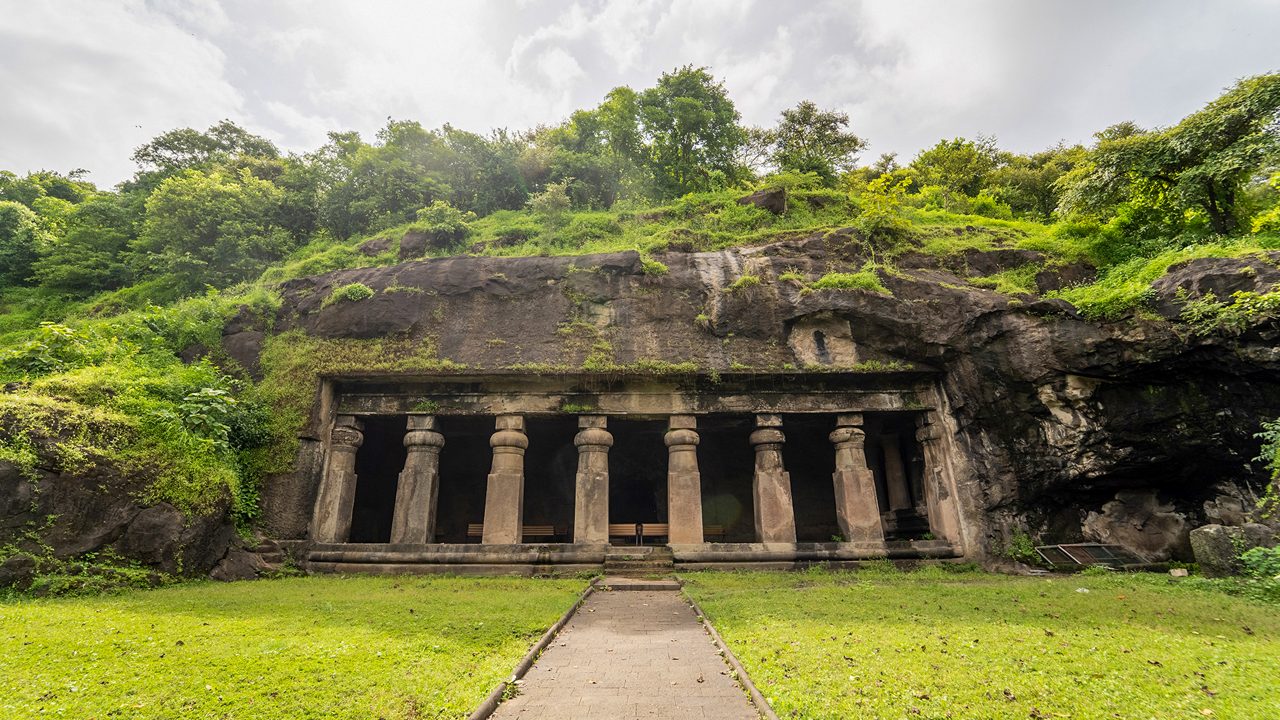
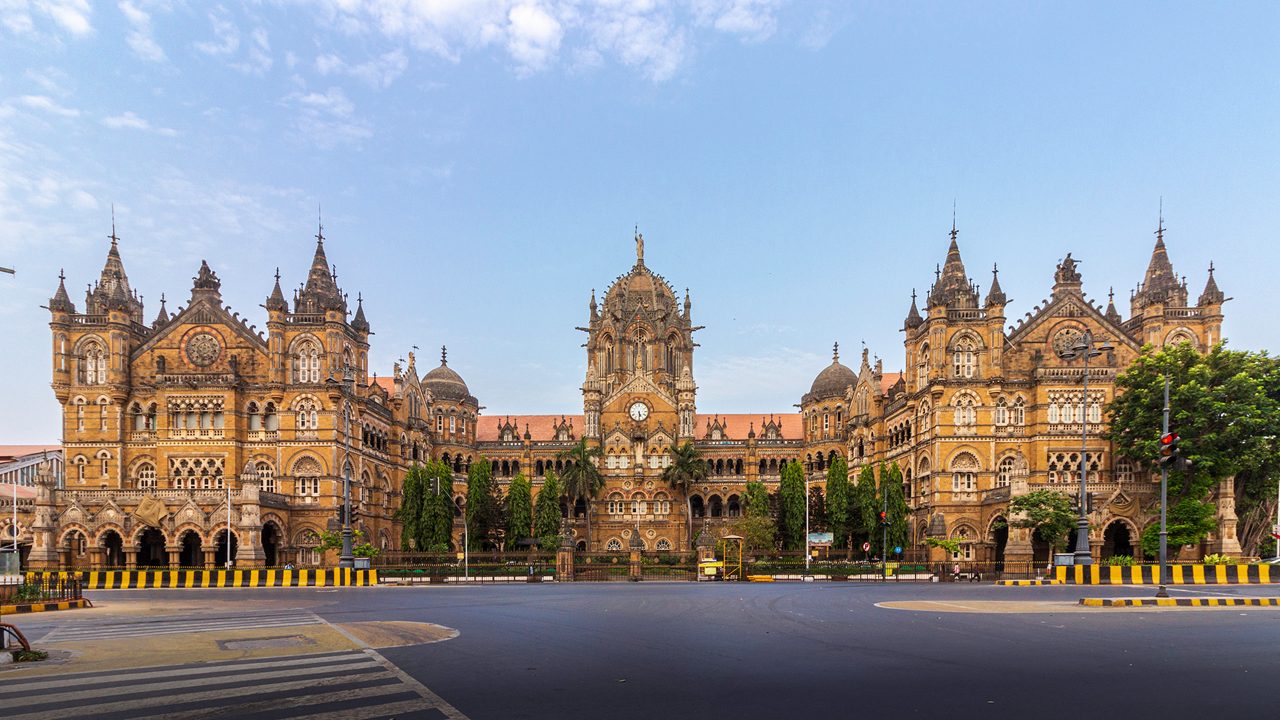
The Chhatrapati Shivaji Maharaj Terminus, formerly known as Victoria Terminus, is a stunning example of Victorian Gothic architecture, completed in 1887. Located in Fort, South Mumbai, CST was designed by the British architect Frederick William Stevens and stands as one of the busiest railway stations in India. The station’s design blends Victorian, Gothic, and traditional Indian architectural styles, with intricate carvings, pointed arches, and stained glass windows. The grandeur of its high domed ceilings and detailed sculptures make it one of the most beautiful railway stations in the world. As a UNESCO World Heritage Site, CST symbolizes the cultural history of Mumbai and remains a vital hub for commuters traveling across the city and beyond.